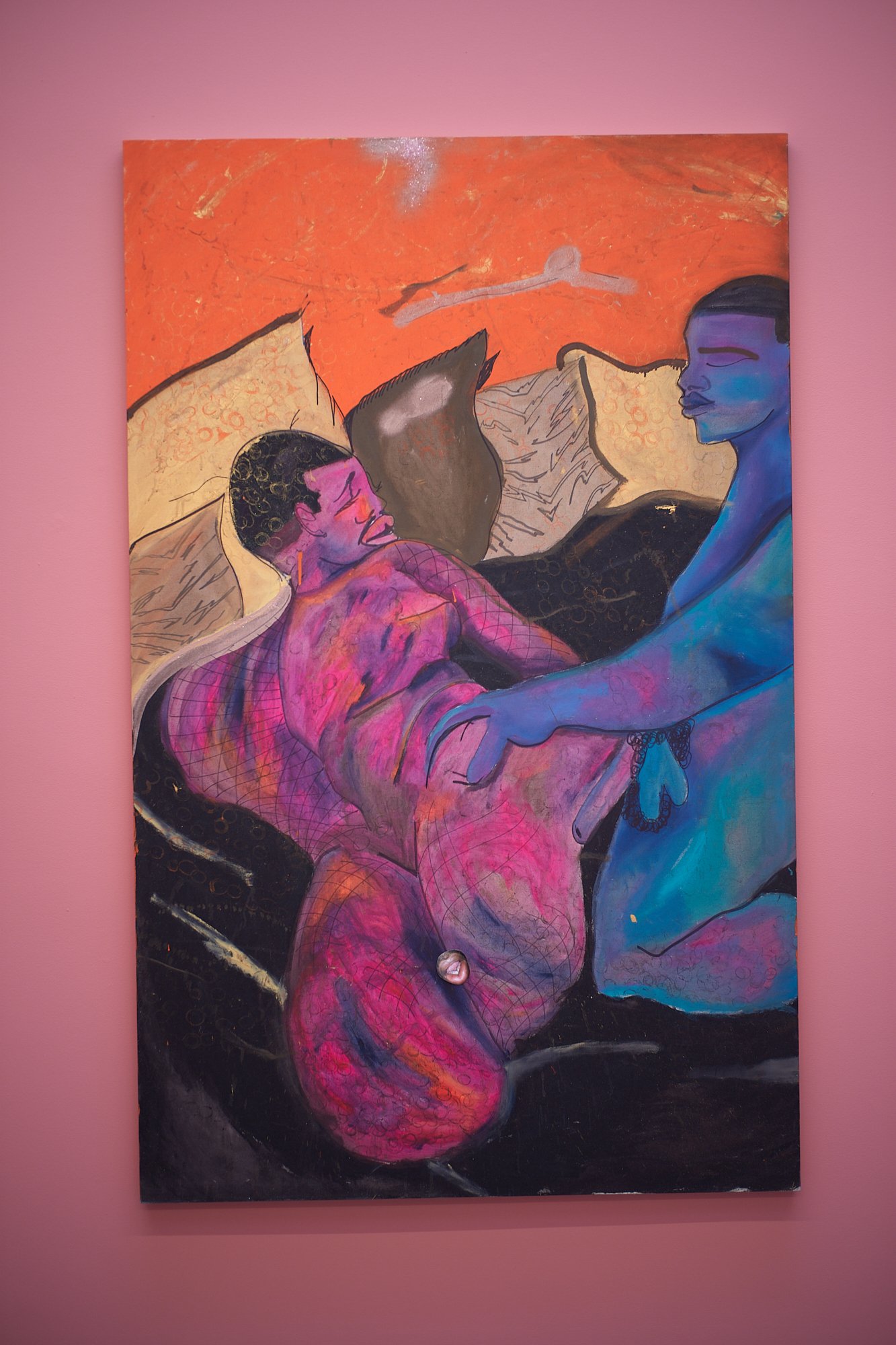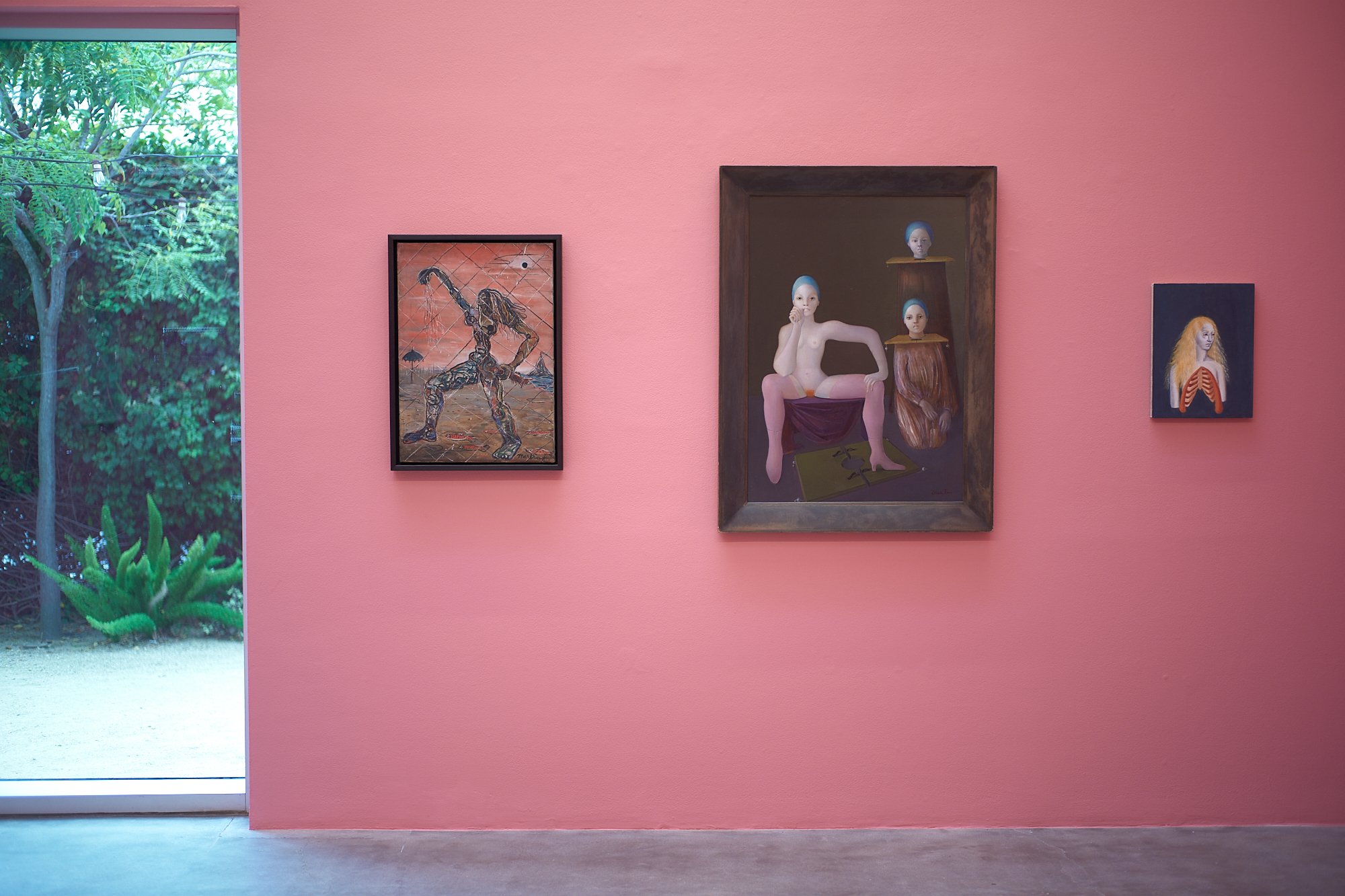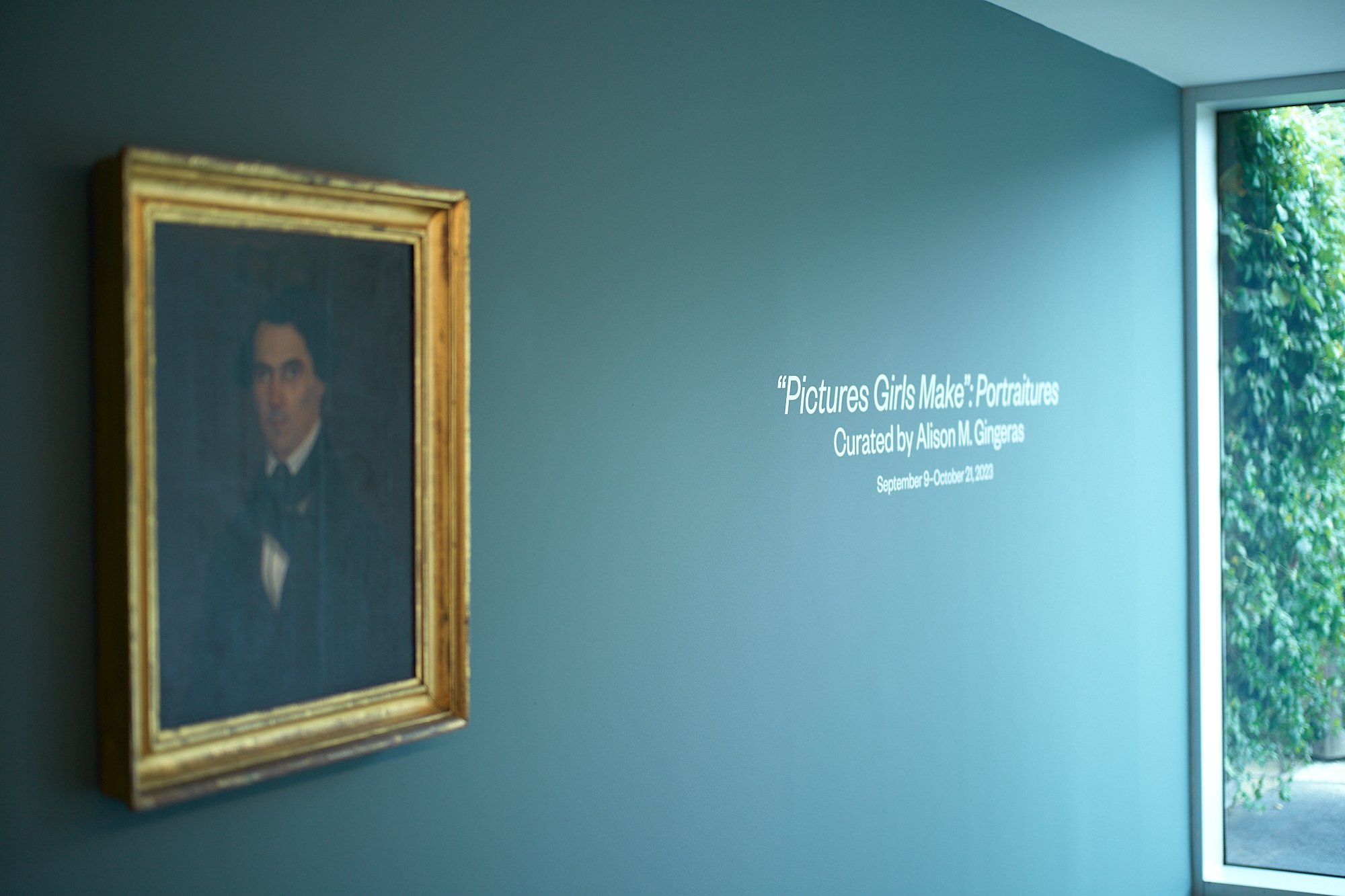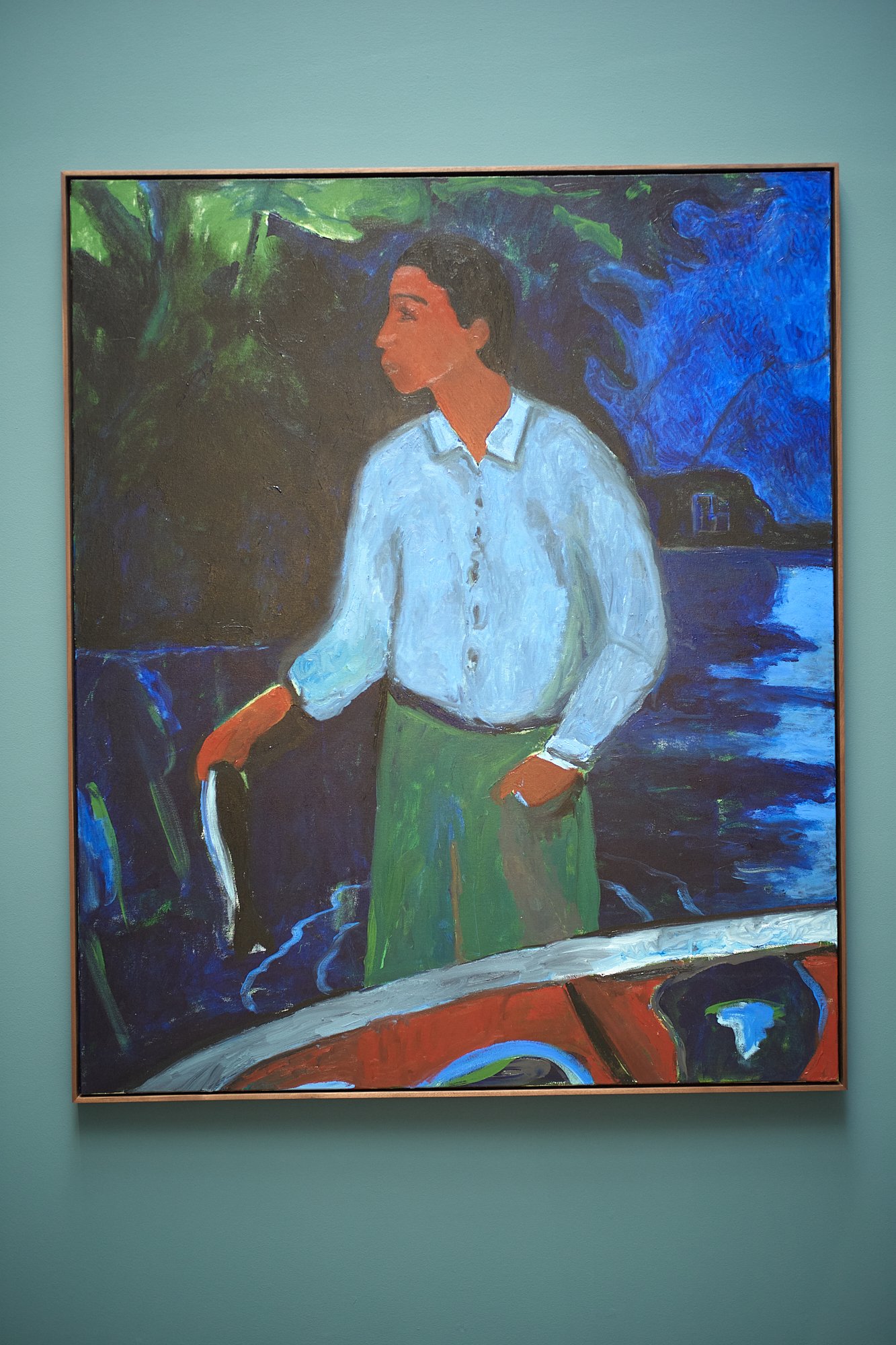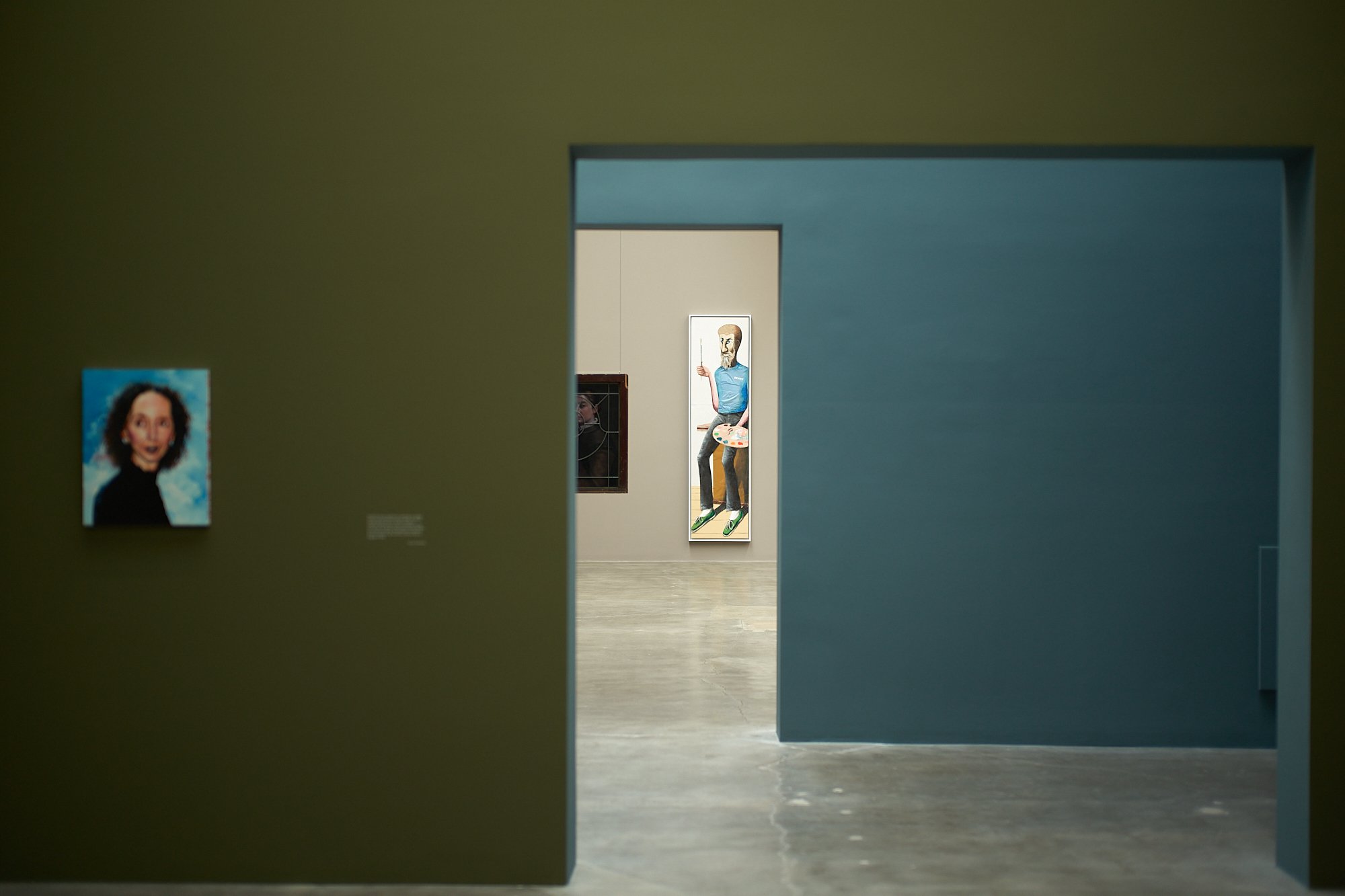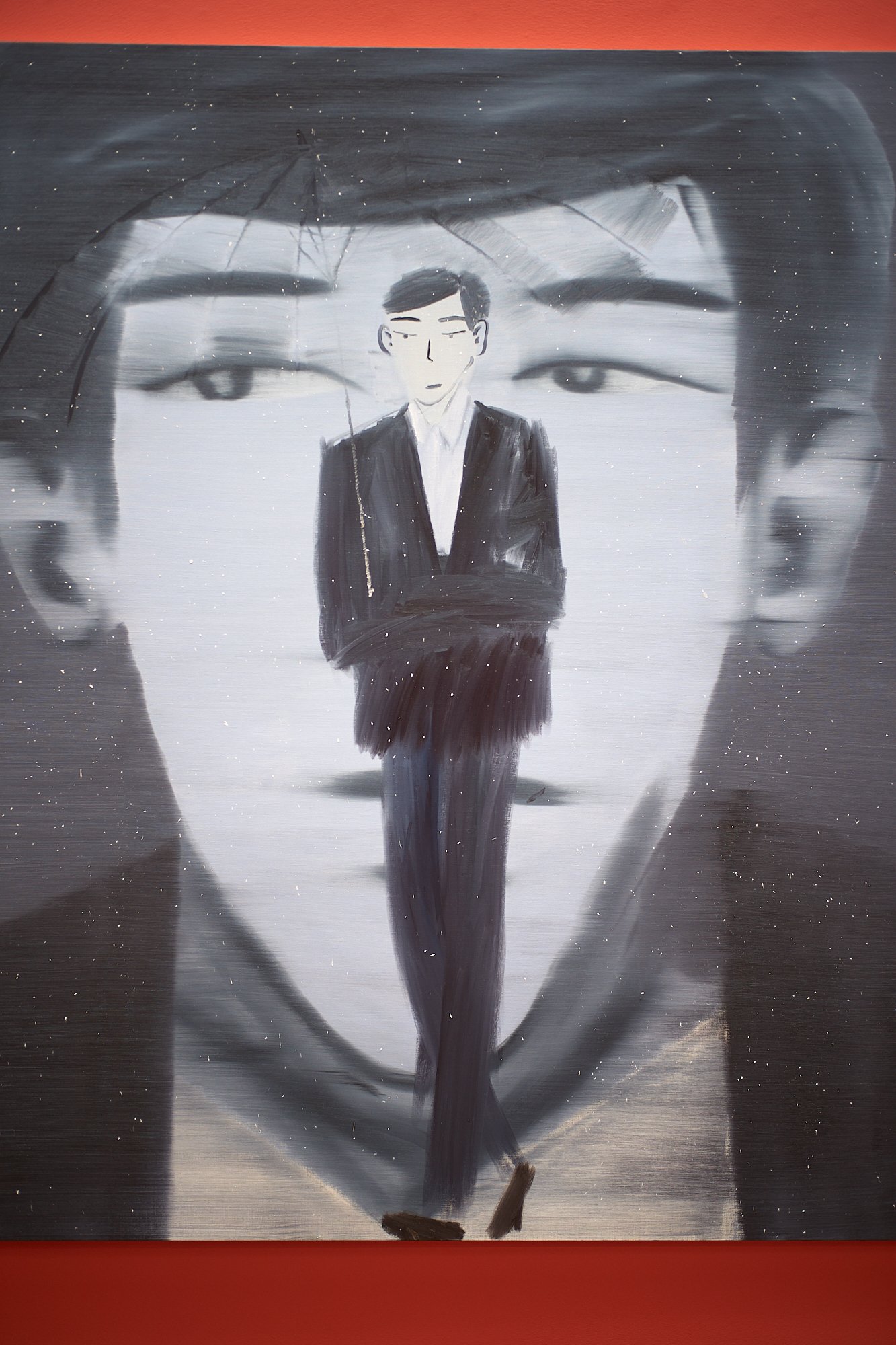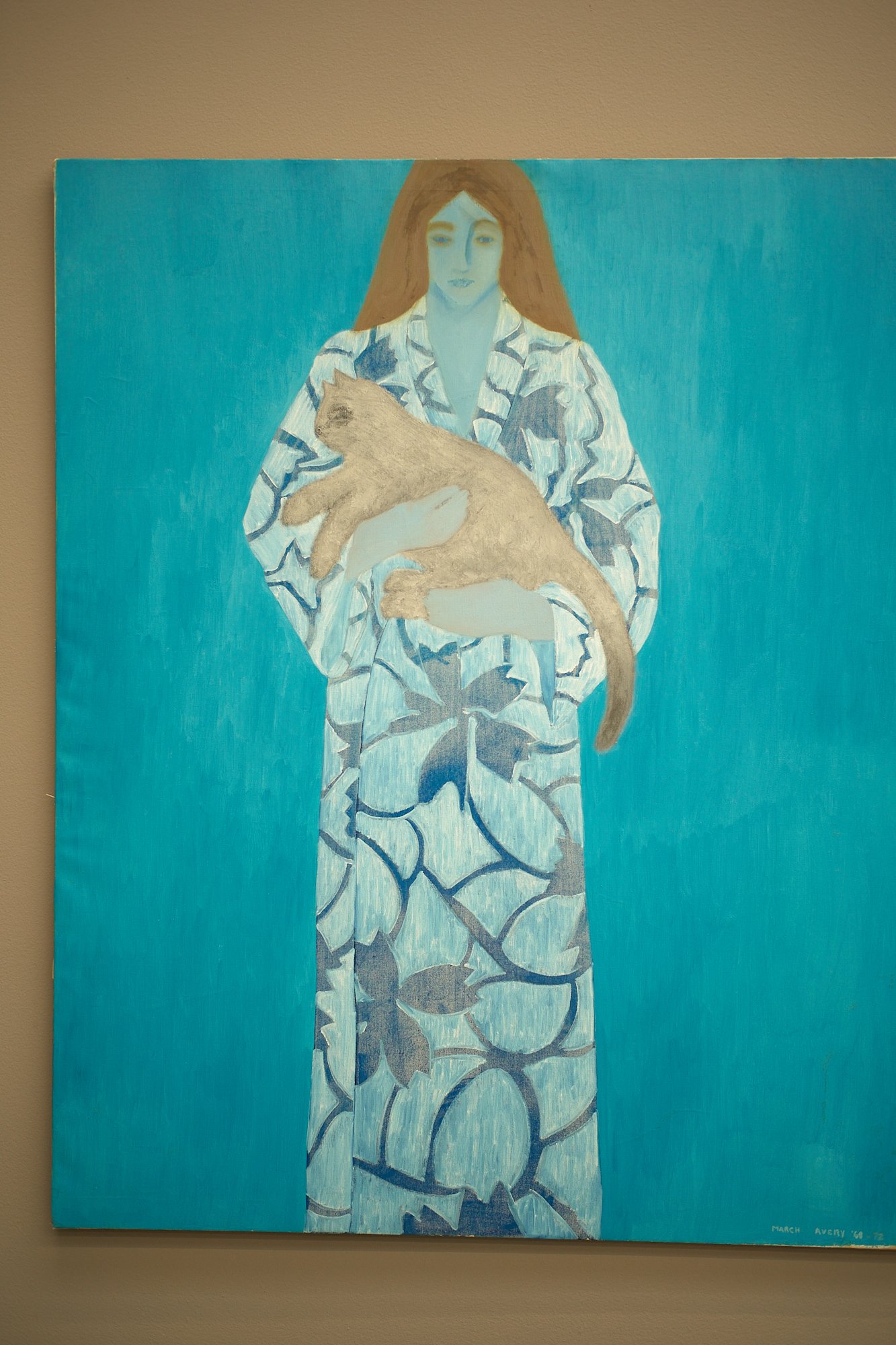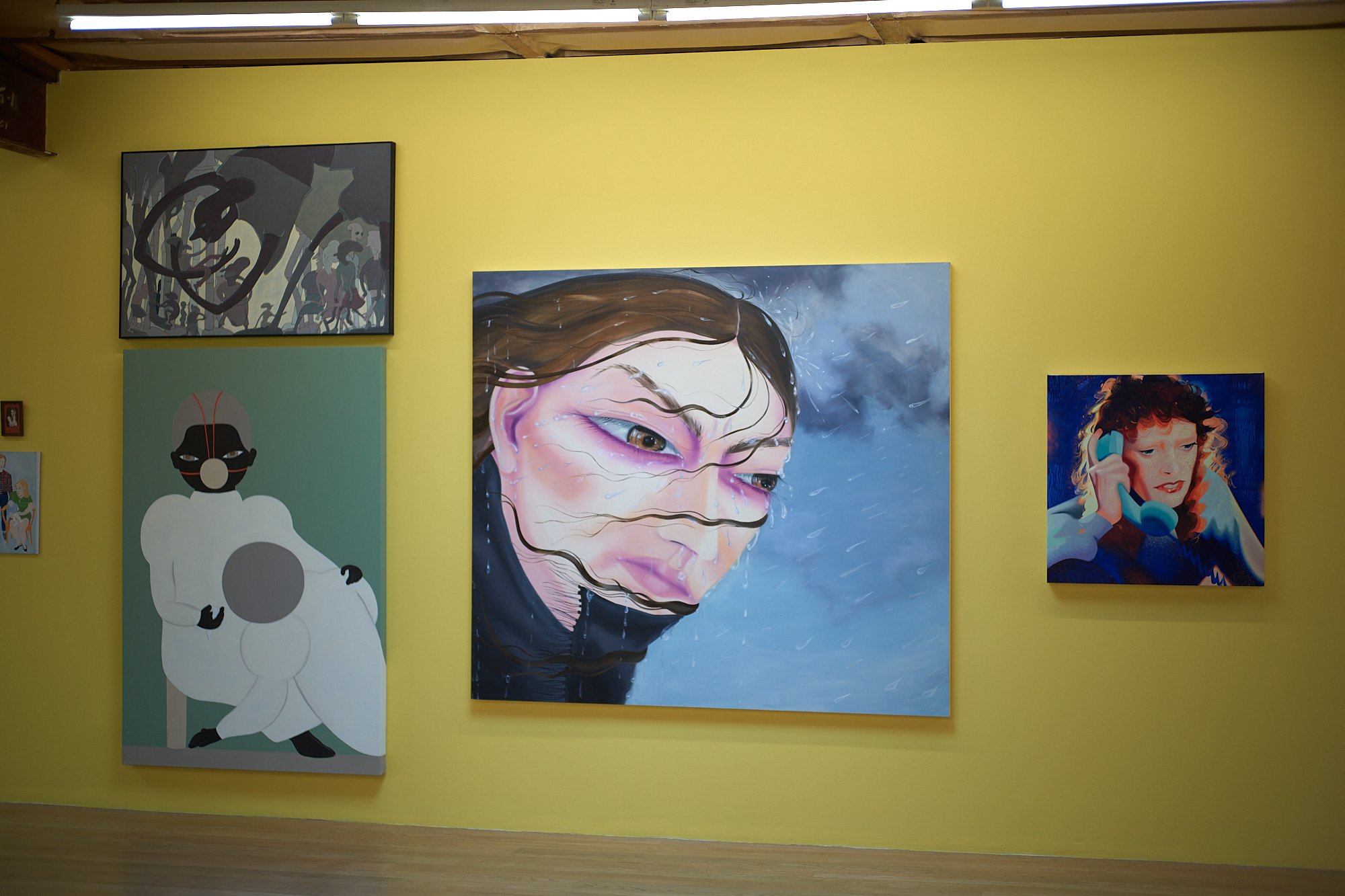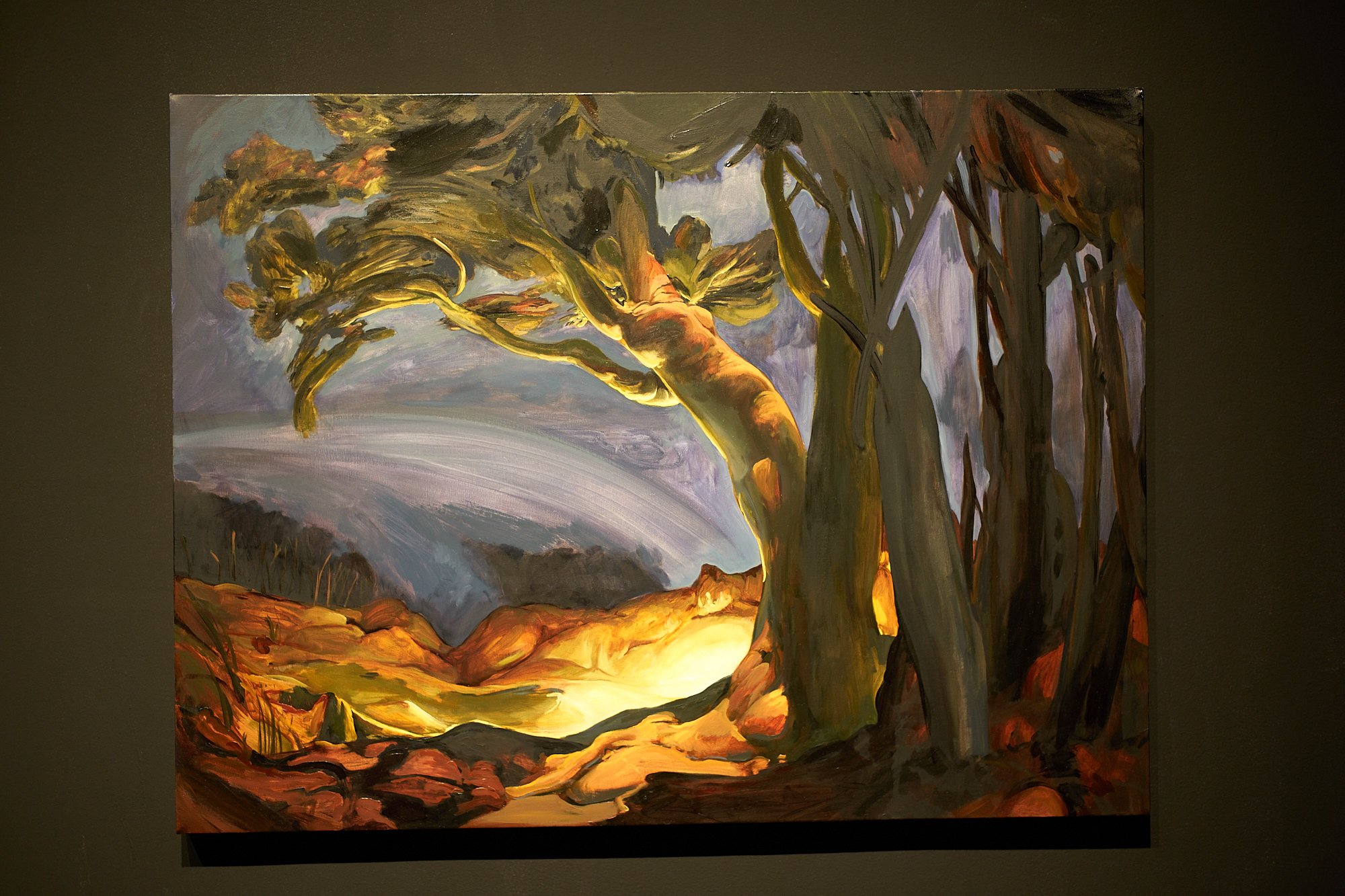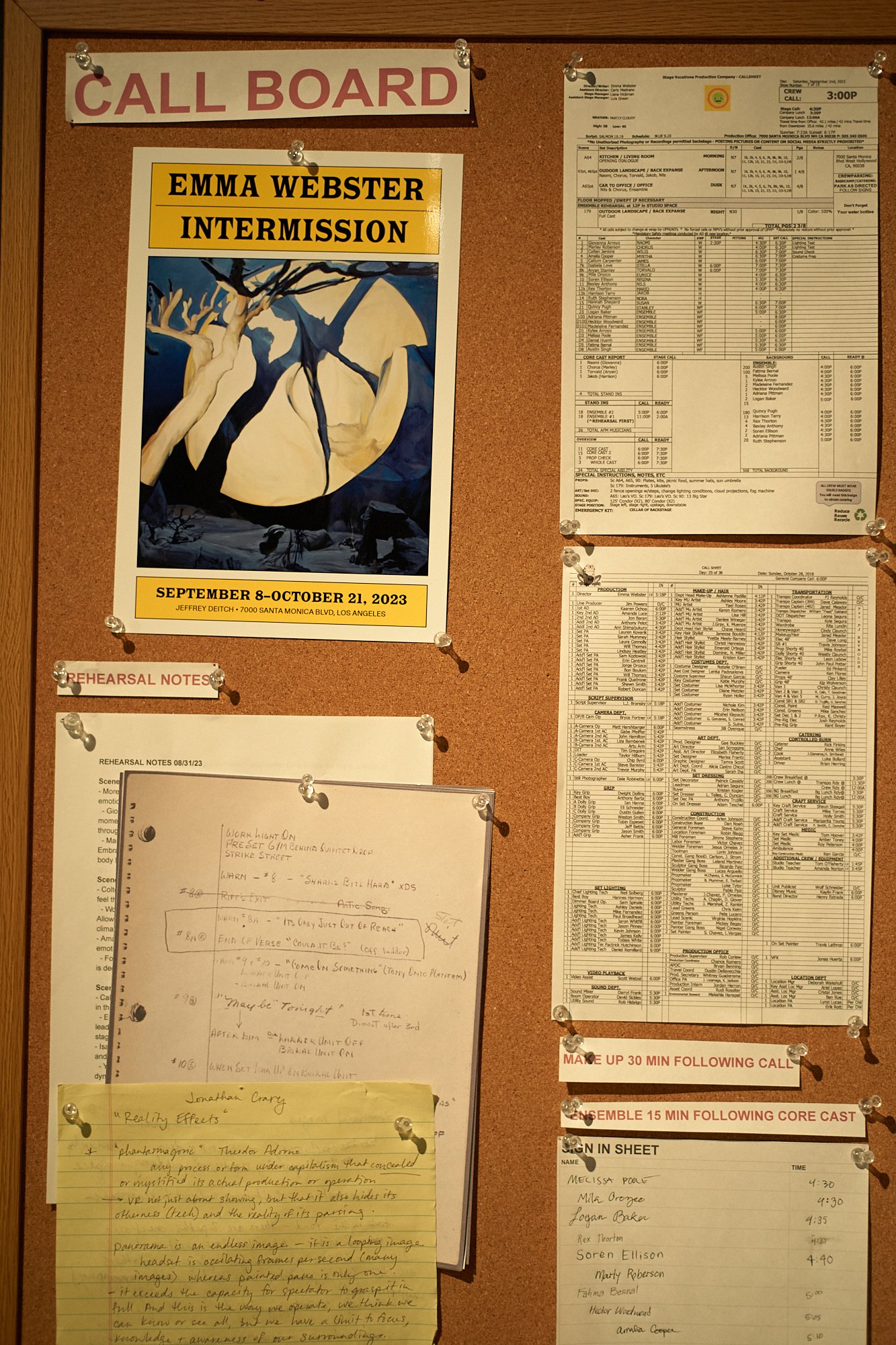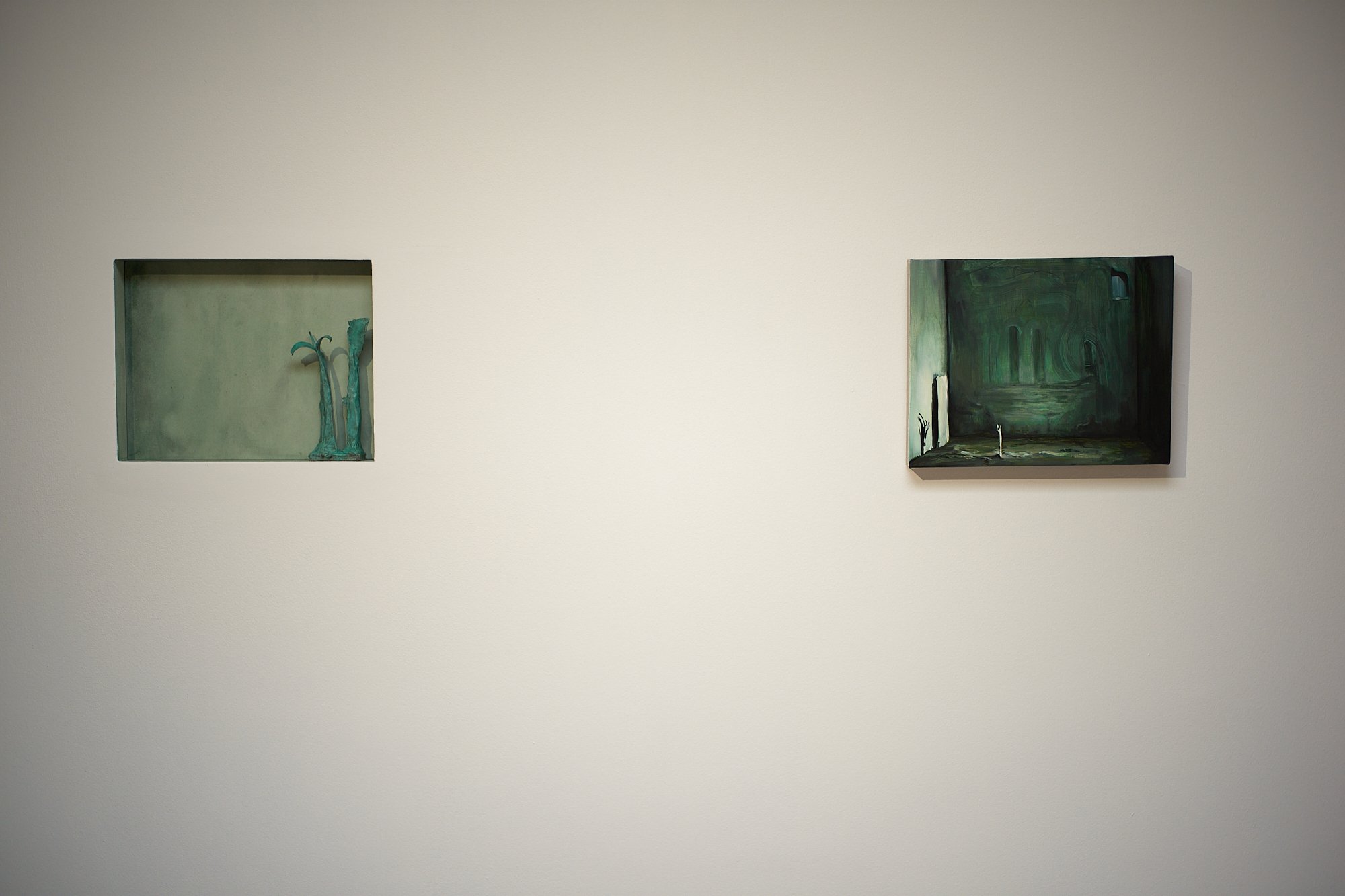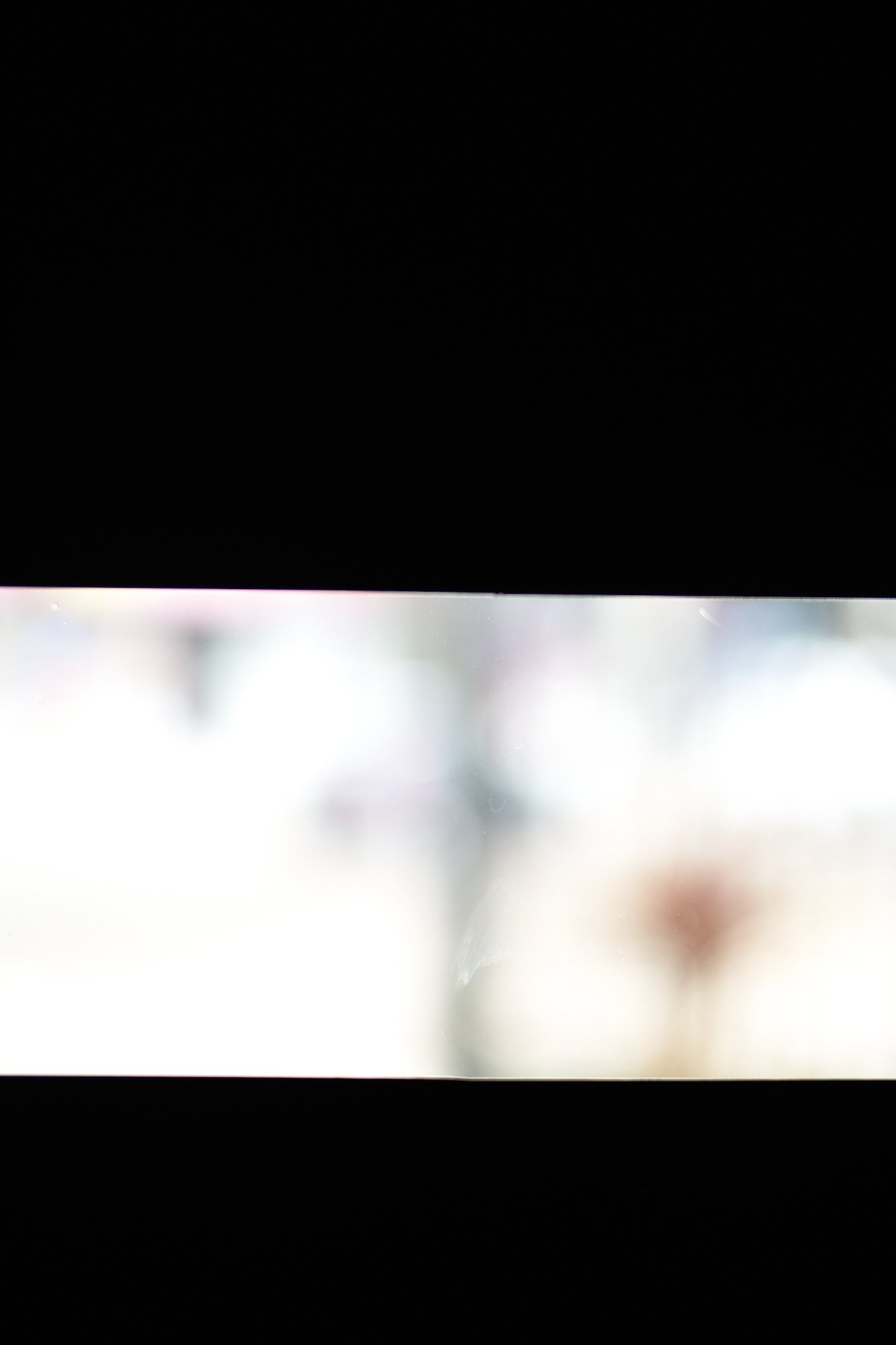Best use of imagination is creativity. Creativity is a disruption in the algorithm. It’s a discontinuity. Fundamental creativity. Creativity is death and resurrection. It’s a death of context, meaning, relationship, and story. And a new meaning, relationship, and story. That’s fundamental creativity. Einstein coming up with the Theory of Relativity…or a great piece of art. Beethoven’s 5th. These are original creativity as a disruption to the algorithm. - Deepak Chopra, interview by The Diary of a CEO
Reductionism in Art and Brain Science, Eric Kandel, page 21
...we do not see material objects, but rather the light reflected off them (Berkely, 1709). As a result, no two-dimensional image projected onto our retina can ever directly specify all three dimensions of an object. This fact, and the difficulty it raises for understanding our perception of any image, is referred to as the INVERSE OPTICS PROBLEM. (Purves and Lotto 2010; Kandel 2012; Albright 2013)... any three dimensional object is inherently uncertain. Gombrich fully appreciated this problem and cited Berkley's observation that "the world as we see it is a construct slowly built up by every one of us in years of experimentation." - Reductionism in Art and Brain Science, Eric Kandel, page 21
Frith 2007, Reductionism in Art and Brain Science, Eric Kandel page 23
"We do not have direct access to the physical world. It may feel as if we have direct access, but this is an illusion created by our own brain." - Frith 2007, Reductionism in Art and Brain Science, Eric Kandel page 23
Reduction in Art and Brain Science, Eric Kandel page 30
These biological findings confirm Kris and Gombrich's inference that visual perception is not a simple window on the world, but truly a creation of the brain. - Reduction in Art and Brain Science, Eric Kandel page 30
Reductionism in Art and Brain Sciense, ERic Kandel, page 44.
In us, learning has led to the establishment of a completely new kind of evolution - cultural evolution - which has largely supplanted biological evolution as a means of transmitting knowledge and adaptations across generations. Our capacity for learning is so remarkably developed that human societies change almost exclusively by cultural evolution. In fact, there is no strong evidence of any biological change in the size or structures of the human brain since Homo Sapiens appeared in the fossil record some 50,000 years ago. All human accomplishments from antiquity to modern times, are the product of cultural evolution, and therefore MEMORY. - Reductionism in Art and Brain Sciense, ERic Kandel, page 44.
Chris Frith 2007, cognitive psychologist.
What I perceive are not the crude and ambiguous cues that impinge from the outside world onto my eyes and my ears and my fingers. I perceive something much richer - a picture that combines all these crude signals with the wealth of past experience ... Our perception of the world is a fantasy that coincides with reality. - Chris Frith 2007, cognitive psychologist.
Man Ray
I photograph the things that I do not wish to paint, the things that already have an existence - Man Ray
Joseph Campbell, The Hero With a Thousand Faces
A hero goes on an adventure, is victorious in a decisive crisis, and returns to the ordinary world, changed or transformed, and shares that gift with their community. Before any of this can happen, the hero must answer the call to that adventure. The hero is reluctant at first refusing the call. A mentor appears, and helps them to cross threshold leaving the ordinary world for the new one. In real life it can be hard to recognize the call for adventure, it is almost always something that you are afraid to do, but know inside that you need to do. It appears as an obstacle. To be the hero of your story, you must answer the call, and the obstacle is the way. - Joseph Campbell, The Hero With a Thousand Faces
REDUCTIONISM IN ART AND BRAIN SCIENCE, Eric R. Kandel
Riegl emphasized an obvious but previously ignored psychological aspect of art: that art is incomplete without the perceptual and emotional involvement of the viewer. Not only do we collaborate with the artist in tranforming a two-dimensional figurative image on canvas into a three dimensional dipiction of the visual world, we interpret what we see on the canvas in personal terms, thereby adding meaning to the picture. Riegl called this phenomenon “the beholder’s involvement.” Based on ideas derived from Riegl’s work and on insights that began to emerge from cognitive psychology, the biology of visual perception, and psychoanalysis, Kris and Gombrich went on to develop a new view of this concept, which Gombrich referred to as the beholder’s share. - REDUCTIONISM IN ART AND BRAIN SCIENCE, Eric R. Kandel
The Story of Art, E.H. Gombrich pg 240
To carry out his intention of holding up a mirror to reality in all its details, van Eyck had to improve the technique of painting. He was the inventor of oil-painting…If he used oil instead of egg (tempera), he could work much more slowly and accurately. - The History of Art, E.H. Gombrich pg 240
The Story of Art, E.H. Gombrich pg 239
if we want to understand the way in which northern art developed, we must appreciate this infinite care and patience of Jan van Eyck. The southern artists of his generation; the Florentine masters of Brunelleschi’s circle, had developed a method by which, nature could be represented in a picture with almost scientific accuracy. They began with the framework of perspective lines, and they built up the human body through their knowledge of anatomy and of the laws of foreshortenning. Van Eyck took the opposite way. He achieved the illusion of nature by patiently adding detail till his whole picture became like a mirror of the visible world. The difference between northern and Italian art remained important for many years. It is a fair guess to say that any work which excels in the representation of the beautiful surface of things, of flowers, jewels or fabric, will be by a northern artist, most probably by an artist from the Netherlands; while a painting with bold outlines, clear perspective and a sure mastery of the beautiful human body, will be Italian. - The Story of Art, E.H. Gombrich pg 239
words of Annie Leibovitz from Master Class
I was in Monument Valley for a few days and went all over it. I rented a helicopter, I made several side swipes by the fingers and took pictures. And of course it couldn’t help but be somewhat blurred. It’s bigger than just being out of focus. It was really emotional landscape.
Rilke, Letters to a Young Poet
The future is fixed, but we move around in infinite space -
The Story of Art, E.H. Gombrich pg 229
Brunelleschi was not only the initiator of Renaissance architecture. To him, it seems, is due another momentous discovery in the field of art, which also dominated the art of subsequent centuries - that of perspective. We have seen that even the Greeks, who understood foreshadowing, and the Hellenistic painters, who were skilled in creating the illusion of depth, did not know the mathematical laws by which objects appear to diminish in size as they recede from us. We remember that no artist could have drawn the famous avenue of trees leading back into the picture until it vanishes into the horizon. It was Brunelleschi who gave artists mathematical means of solving this problem; and the excitement which this caused among his painter-friends must have been immense. -
How to Take Smart Notes, Sonke Ahrens page 128
Thinking and creativity can flourish under restricted conditions and there are plenty of studies to back that claim (cf. stokes 2021; Rheinberger 1997). The scientific revolution started with the standardization and controlling of experiments which made them comparable and repeatable. Or think of poetry: It imposes restrictions in terms of rhythm, syllables or rhymes. Haikus give the poet very little room for formal variations but that doesn’t mean they are equally limited in term of poetic expressiveness. On the contrary: It is the strict formalism that allows them to transcend time and culture. -
Mastery, Robert Greene, page 84
Let us state it in the following way: At your birth a seed is planted. That seed is your uniqueness. It wants to grow, transform itself, and flower to its full potential. It has a natural assertive energy to it. Your life’s task is to have a destiny to fulfill. The stronger you feel and maintain it - as a force , a voice, or in whatever form - the greater your chance for fulfilling this Life’s Task and achieving mastery.










